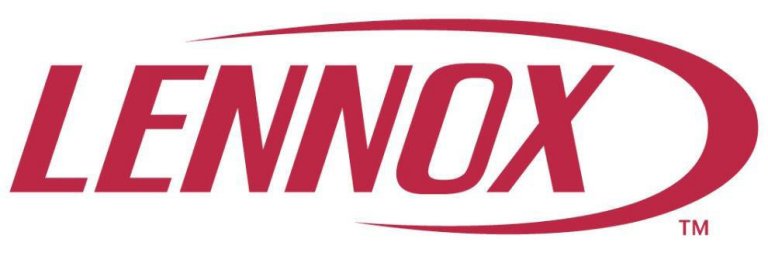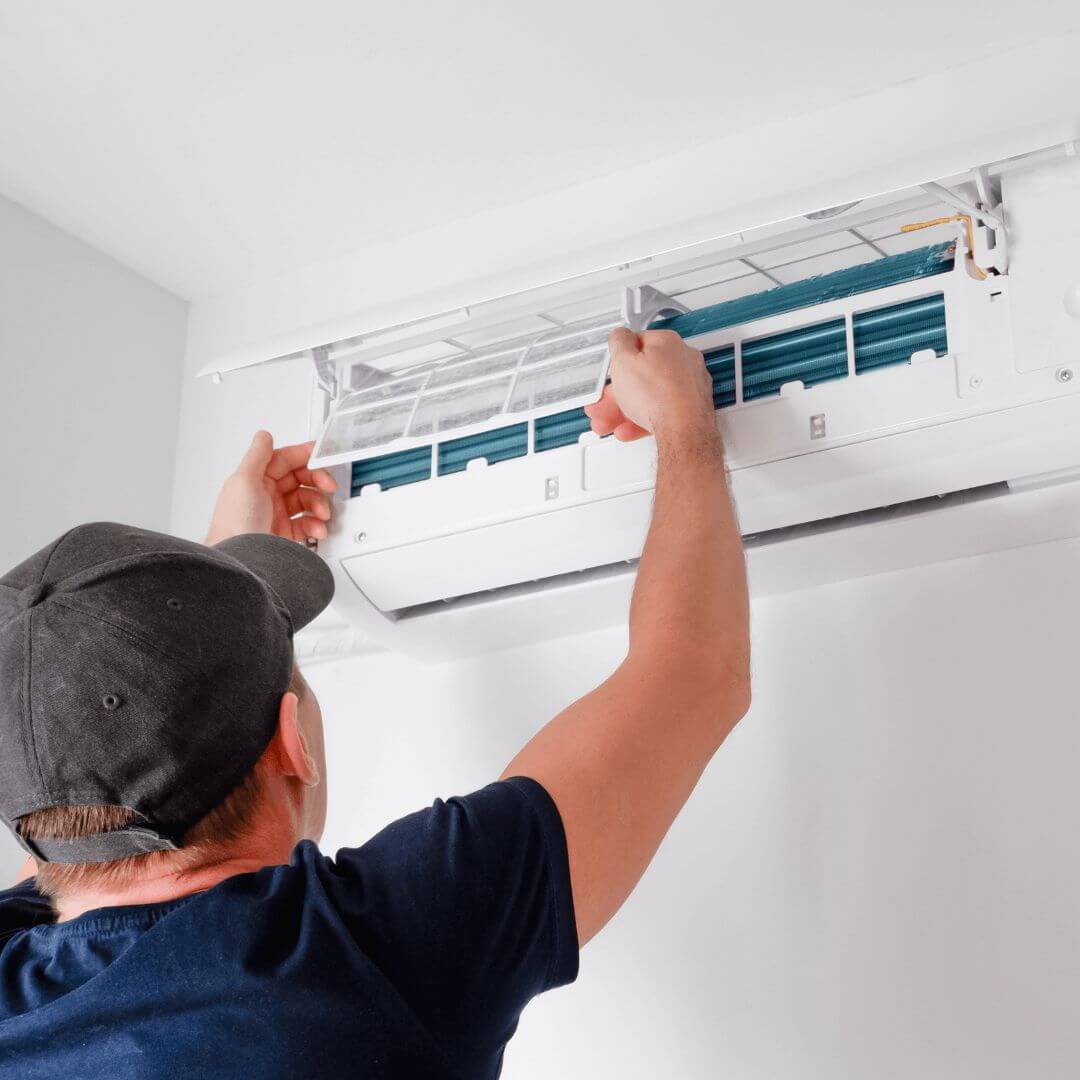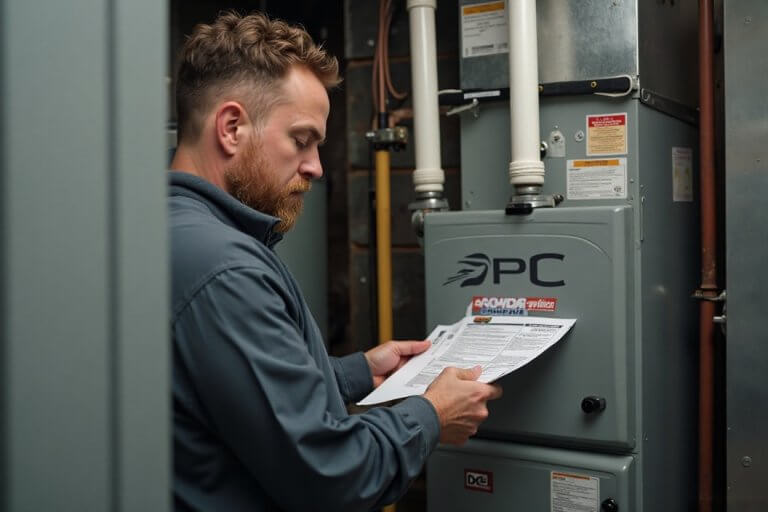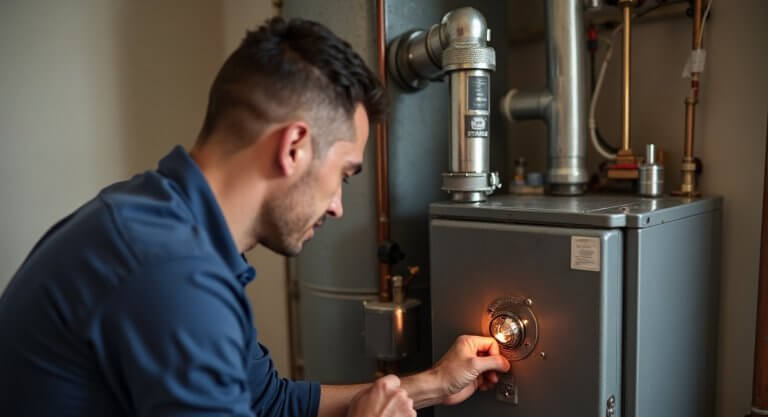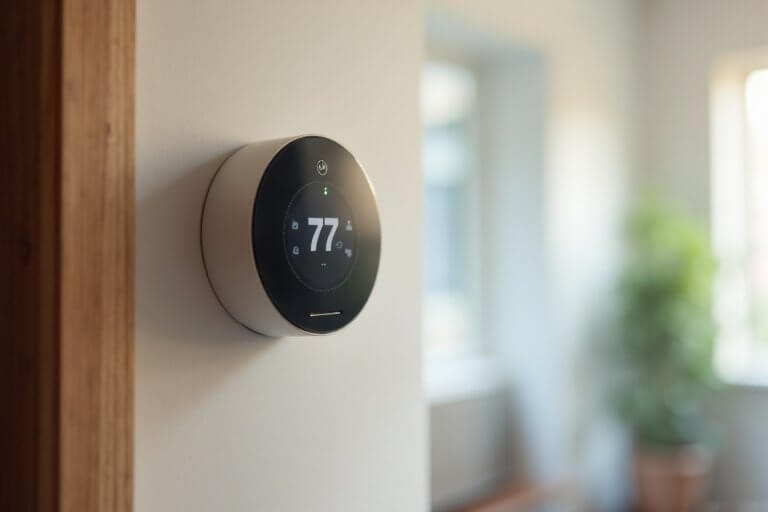Common causes of uneven cooling include blocked vents, dirty filters, duct leaks, or an HVAC system that’s not sized correctly for your home. These issues can reduce comfort and make it challenging to maintain consistent cooling across every room, especially during LA’s hot, dry summers.
In this guide, you’ll learn the most common causes of uneven cooling, how they affect your home, and what you can do to fix them.
If you are tired of dealing with uneven temperatures, schedule an air conditioner inspection and repair service with Season Control Heating & Air Conditioning at 818-275-8487. Our HVAC technicians are available 24/7 to serve Los Angeles County, CA.
9 Common Causes of Uneven Cooling
1. Blocked or Closed Air Vents
Cooled air can’t circulate properly if vents are shut or obstructed. This can lead to temperature differences between rooms, particularly in larger homes or spaces with limited return air circulation.
Furniture, rugs, or drapes placed too close to supply vents can unintentionally restrict airflow. Homeowners also close vents in unused rooms to save energy. However, this approach often disrupts system balance.
To maintain even cooling, check that all vents are open and clear of obstructions to allow unrestricted airflow.
2. Dirty or Clogged Air Filters
A dirty air filter restricts airflow, making it harder for your HVAC system to cool your home evenly. You may also notice some rooms receiving significantly less cooled air than others.
Over time, dust, pet hair, and other particles collect in the filter, reducing the amount of air that passes through the system. When airflow decreases, some rooms may not receive sufficient cooled air, resulting in uneven temperatures throughout the house.
To maintain proper circulation and consistent cooling, we recommend that homeowners replace the air filter regularly, ideally every 1 to 3 months.
3. Leaky or Damaged Air Ducts
Air ducts that are leaking, disconnected, or poorly insulated can cause cooled air to escape before it reaches certain rooms. This results in uneven cooling and wasted energy.
Over time, gaps, tears, or loose connections in your ductwork can reduce the amount of conditioned air delivered through the vents. This forces your air conditioning system to work harder, often without effectively cooling your entire home. In older homes, duct materials may also deteriorate, worsening the problem.
If you notice weak airflow or hot spots in specific areas, contact an HVAC professional near you. They will inspect the duct system for leaks or damage and recommend repairs or sealing.
4. Improperly Sized HVAC System
An HVAC system that is too small struggles to meet the home’s cooling demands, especially during peak summer heat. This can result in hot spots and poor air supply to certain rooms. On the other hand, an oversized system may short cycle or turn on and off too frequently without properly circulating cool air.
Improper sizing often leads to inconsistent temperatures, reduced indoor air quality, and premature wear on your equipment. If you suspect your cooling system is the wrong size for your home, consult an HVAC technician to perform a load calculation. This ensures your HVAC system is matched to your home’s layout, insulation, and square footage for optimal air distribution.
5. Thermostat Location
When the thermostat is installed near a window, in direct sunlight, close to the kitchen, or next to an air vent, it may misread the home’s temperature. As a result, your air conditioning unit may shut off too early or run too long without properly cooling your home.
This leads to uneven temperatures across different rooms and adds a strain on your AC system. Homes with open layouts or multiple floors may have cooling imbalances when the thermostat is not centrally located.
To improve comfort and system performance, ensure your thermostat is installed on an interior wall, away from direct heat sources and airflow. If temperature swings persist, consider upgrading to a smart thermostat that adjusts based on real-time conditions.
6. Insufficient Attic Insulation
Inadequate attic insulation allows heat to build up and enter your living spaces, especially during LA’s peak summer months. As a result, upper rooms often feel warmer and less comfortable than those on lower floors.
When the attic lacks sufficient insulation, your air conditioning system must work harder and run longer to compensate. This increases energy bills and wears out components more quickly. The added strain can also shorten the lifespan of your AC unit and worsen existing cooling issues.
Lack of proper attic insulation is a common issue in older homes or properties that were never retrofitted for energy efficiency. However, for reliable home cooling, insulation plays just as important a role as the AC system itself.
If you have persistent temperature differences between floors, call an HVAC professional to inspect your attic. Upgrading insulation is the most effective way to stabilize your indoor climate and improve overall comfort.
7. Lack of AC Maintenance
Skipping routine AC maintenance can lead to uneven cooling, weak airflow, and recurring system issues.
When your air conditioning system isn’t professionally serviced at least once a year, minor problems such as clogged coils, low refrigerant levels, and dirty blower components can build up. These issues reduce system performance, slow airflow, and create hot or cold spots throughout your home.
Regular maintenance keeps your AC unit running smoothly, improves home cooling, and helps you catch issues early. We recommend that Los Angeles homeowners schedule professional maintenance for their air conditioners at least once a year, ideally in the spring, before the peak summer heat.
8. Aging Air Conditioning System
As air conditioners age, they struggle to cool your home evenly, no matter how long the AC unit runs. Internal components wear down, refrigerant levels drop, and the system’s ability to maintain steady indoor air temperatures weakens.
If your air conditioner is over 10-15 years old, you may have reduced cooling, especially during the intense summers in LA. Older air conditioners also rely on outdated technology or use phased-out refrigerants, making repairs more difficult or expensive.
To determine whether it’s time for an upgrade, schedule a professional inspection with an HVAC technician. They’ll assess your current air conditioner and help you explore replacements that meet your home’s cooling needs.
9. Single-Zone System in a Multi-Level Home
Homes with multiple floors and only one thermostat often experience uneven temperatures. A single-zone system treats the entire house as one uniform space, but in reality, heat rises and airflow varies by level. As a result, upstairs rooms may feel much warmer than downstairs areas.
Most standard HVAC systems distribute air to all rooms simultaneously, without considering variations in sun exposure, ceiling height, or occupancy. The thermostat, usually located on the main floor, only responds to the temperature of that floor, leaving the upper or lower levels uncomfortable.
If your home has inconsistent temperatures between floors, a zoning upgrade may be beneficial. Zoned HVAC systems divide your home into separate areas, each with its own thermostat and damper control. This enables more targeted cooling and improved comfort throughout your home.
How to Fix Uneven Cooling Issues?
- Open all air vents and remove any furniture, rugs, or curtains blocking airflow.
- Replace dirty air filters every 1–3 months to keep air moving freely through the system.
- Seal air duct leaks with mastic or foil tape, or have a professional inspect for damaged ductwork.
- Avoid closing vents in unused rooms, as this can disrupt system balance and reduce efficiency.
- Check thermostat placement and relocate it if it’s near heat sources or in direct sunlight.
- Add attic insulation to reduce heat transfer and ease the load on your AC, especially in older homes.
- Install a zoned HVAC unit for multi-level homes or large layouts to control temperatures by area.
- Schedule annual AC maintenance to clean components, check refrigerant, and optimize performance.
- Consider system replacement if your air conditioner is over 10–15 years old or can’t cool evenly despite repairs.
When to Call a Professional for Uneven Cooling
If you’ve gone through the basic troubleshooting steps and your home still has uneven temperatures, the problem likely goes beyond DIY fixes. Inconsistent cooling that doesn’t improve with filter changes, vent adjustments, or basic maintenance often indicates that it’s time to call a professional.
Reach out to Season Control Heating & Air Conditioning at 818-275-8487 if you notice any of the following:
- Certain rooms never cool down, no matter how long the AC runs
- Airflow is weak or nonexistent from specific vents
- The system short cycles or runs constantly without fully cooling the home
- Your thermostat doesn’t reflect the actual temperature in the house
- There are consistent temperature differences between floors
- Your HVAC unit is 10–15 years old or older
- Energy bills keep climbing with no noticeable improvement in comfort
- You suspect duct leaks, poor insulation, or an undersized/oversized unit
Fix Uneven Cooling Fast with Season Control
Don’t let uneven cooling disrupt your comfort this summer. If your AC system isn’t delivering consistent temperatures, Season Control Heating & Air Conditioning is here to help. With over 20 years of experience serving Los Angeles County, our licensed, bonded, and insured technicians are available 24/7 to inspect, diagnose, and repair your cooling system.
Call 818-275-8487 for a free quote.
FAQs
Can a damaged air duct cause my air conditioner to underperform?
Even a single damaged air duct can significantly reduce your air conditioner’s performance. When an air duct has leaks, cracks, or poor connections, cooled air can escape before it reaches the intended rooms. This results in uneven temperatures, weak airflow, and increased energy consumption.
Can poor indoor air quality impact the efficiency of my AC system?
Poor indoor air quality can impact the efficiency of your AC system. Dust, allergens, and pollutants in the indoor air can clog filters and strain the AC unit, reducing airflow and making your central air system work harder.
